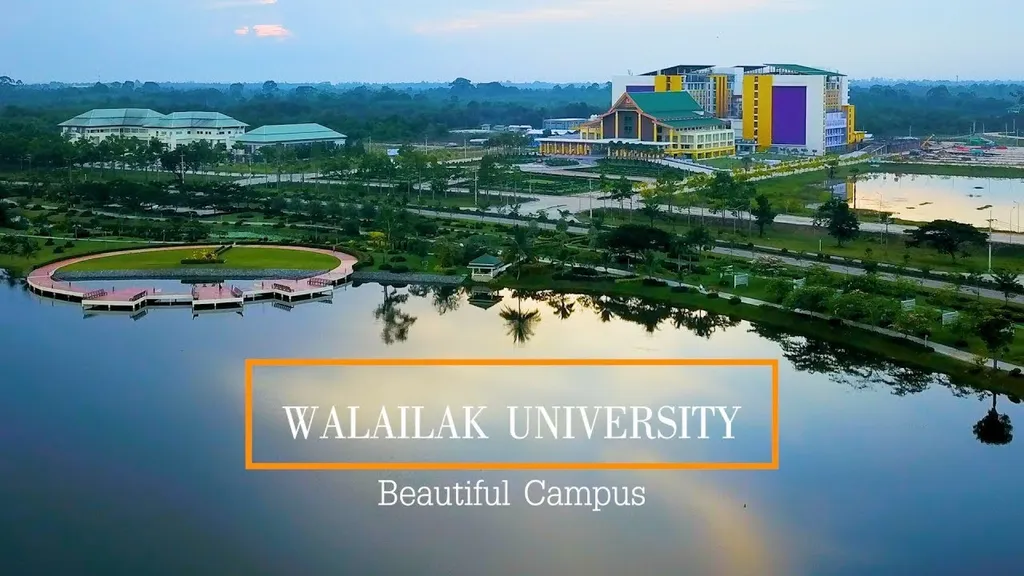In the heart of Southeast Asia’s historic cities, a silent crisis is unfolding within the walls of heritage shophouses. As these buildings undergo renovation for conservation, many are plagued by poor indoor daylight quality, posing risks to occupants’ visual health and well-being. A novel study led by Wirut Thinnakorn from Walailak University is shedding light on this issue, offering a promising solution that could reshape the future of heritage building renovations and energy efficiency in the region.
Thinnakorn and his team have developed a unique framework to analyze daylight quality in heritage shophouses, focusing on window-to-wall ratios (WWR) and five key metrics. Their research, published in the Journal of Asian Architecture and Building Engineering (known in English as the Journal of Asian Architecture and Building Engineering), delves into the intricate balance between preserving historical aesthetics and enhancing indoor environmental quality.
The study examined three typical shophouses with varying shape factors, simulating different WWR values (ranging from 10% to 100%) using advanced software tools. The findings reveal that West-facing buildings can achieve suitable indoor daylight, except when an internal courtyard is present. “Increasing the WWR value generally improves most daylight performance metrics,” Thinnakorn explains, “but the Annual Sunlight Exposure (ASE) metric requires careful control through a reduced WWR, particularly in buildings with narrow and elongated layouts.”
For buildings with square-shaped and rectangular layouts, even modest numbers of openings (WWR10–40) can meet most metrics suggested in LEED V3 and V4 standards. This research offers valuable insights for architects, urban planners, and policymakers, providing a guideline for developing building control regulations in historic urban areas.
The commercial implications for the energy sector are significant. By optimizing daylight quality, buildings can reduce reliance on artificial lighting, leading to substantial energy savings. “This study serves as a stepping stone towards sustainable adaptation of traditional shophouses,” Thinnakorn notes, highlighting the potential for energy-efficient retrofits in heritage buildings.
As cities across Southeast Asia grapple with the challenges of urbanization and conservation, Thinnakorn’s research offers a beacon of hope. By integrating advanced daylight analysis into renovation projects, stakeholders can preserve the rich cultural heritage of shophouses while promoting sustainable and energy-efficient practices. This innovative approach not only enhances the visual health of occupants but also contributes to the broader goals of energy conservation and climate change mitigation.
In an era where sustainability and heritage preservation are increasingly intertwined, Thinnakorn’s work stands as a testament to the power of interdisciplinary research. As the construction industry continues to evolve, this study paves the way for future developments in the field, shaping the way we think about daylight, energy efficiency, and the preservation of our built heritage.

